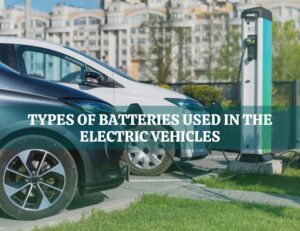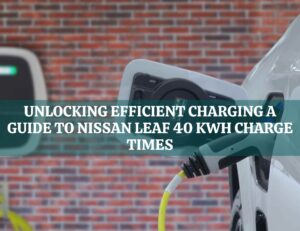In this article, we delve into the world of e-bike battery range calculators, exploring how they work, their importance for electric bike users, and how to use them effectively. We’ll cover the key aspects of these calculators, including factors that influence range, tips for maximizing battery life, and understanding the data provided by these tools.
How does an e-bike battery range calculator work?
E-bike battery range calculators utilize a combination of input variables such as battery capacity, motor efficiency, rider weight, terrain, and riding style to estimate the distance an electric bike can travel on a single charge. These calculators often take into account factors like pedal-assist levels and throttle usage, providing a more accurate estimate based on real-world conditions.
The algorithms used in these calculators are designed to simulate typical riding scenarios, factoring in variables that affect energy consumption. By inputting specific data about your e-bike and intended ride, the calculator can generate an estimate of the expected range, helping riders plan their trips and manage battery usage more effectively.

Why is knowing your e-bike’s range important?
Understanding your e-bike’s range is crucial for planning routes, gauging battery life during rides, and avoiding situations where the battery might run out unexpectedly. By using a range calculator, riders can make informed decisions about when to recharge, how far they can travel on a single charge, and whether adjustments to riding style or assist levels are necessary to optimize range.
Additionally, knowing the range helps e-bike users assess the suitability of their bike for specific journeys. Whether commuting to work, embarking on leisure rides, or tackling challenging terrain, having a clear idea of the bike’s range ensures a smoother and more enjoyable riding experience.

How to use an e-bike battery range calculator effectively?
To use an e-bike battery range calculator effectively, start by gathering accurate data about your e-bike, including battery capacity (in watt-hours), motor power, and other relevant specifications. Next, input this data along with details such as rider weight, intended terrain (flat, hilly, mixed), average speed, and preferred assist levels into the calculator.
Once you have generated the range estimate, consider factors that could impact actual performance, such as wind conditions, temperature, and road surface. Plan your route accordingly, factoring in charging stations if needed, and adjust your riding style or assist settings to optimize battery usage and extend range when necessary.
Conclusion
E-bike battery range calculators play a vital role in helping electric bike users make informed decisions about their rides. By understanding how these calculators work, why range estimation matters, and how to use them effectively, riders can maximize their e-bike experience while ensuring optimal battery performance and range.
FAQs
Q1: Can I rely solely on the range estimate provided by an e-bike battery range calculator?
While range calculators offer valuable insights, it’s essential to consider real-world variables like weather conditions, terrain, and riding habits that can affect actual range. Use the estimate as a guide and adjust based on your experience.
Q2: Will using a higher assist level reduce my e-bike’s range?
Yes, higher assist levels consume more battery power, reducing the overall range of your e-bike. Consider using lower assist levels or pedal more to conserve battery life on longer rides.
Q3: Do battery range calculators work for all types of e-bikes?
Most calculators are designed to work with a wide range of e-bike models, but accuracy may vary based on specific bike specifications and riding conditions. Inputting accurate data ensures more reliable range estimates.
Q4: Can I increase my e-bike’s range by upgrading the battery?
Upgrading to a higher-capacity battery can extend your e-bike’s range, but other factors like motor efficiency, terrain, and riding style also play a role. Consult with experts or manufacturers for guidance on battery upgrades.
Q5: How often should I recharge my e-bike battery to maximize its lifespan?
Recharge your e-bike battery regularly, ideally before it’s fully depleted, to prolong its lifespan. Avoid leaving the battery discharged for extended periods, as this can lead to capacity loss over time.
Q6: Are there mobile apps that offer e-bike battery range calculations?
Yes, many e-bike manufacturers and third-party developers offer mobile apps with battery range calculators. These apps can be convenient for on-the-go range estimation and route planning.
By considering these FAQs and applying the knowledge gained from this article, e-bike riders can make informed decisions about battery usage, range expectations, and overall riding experience.










